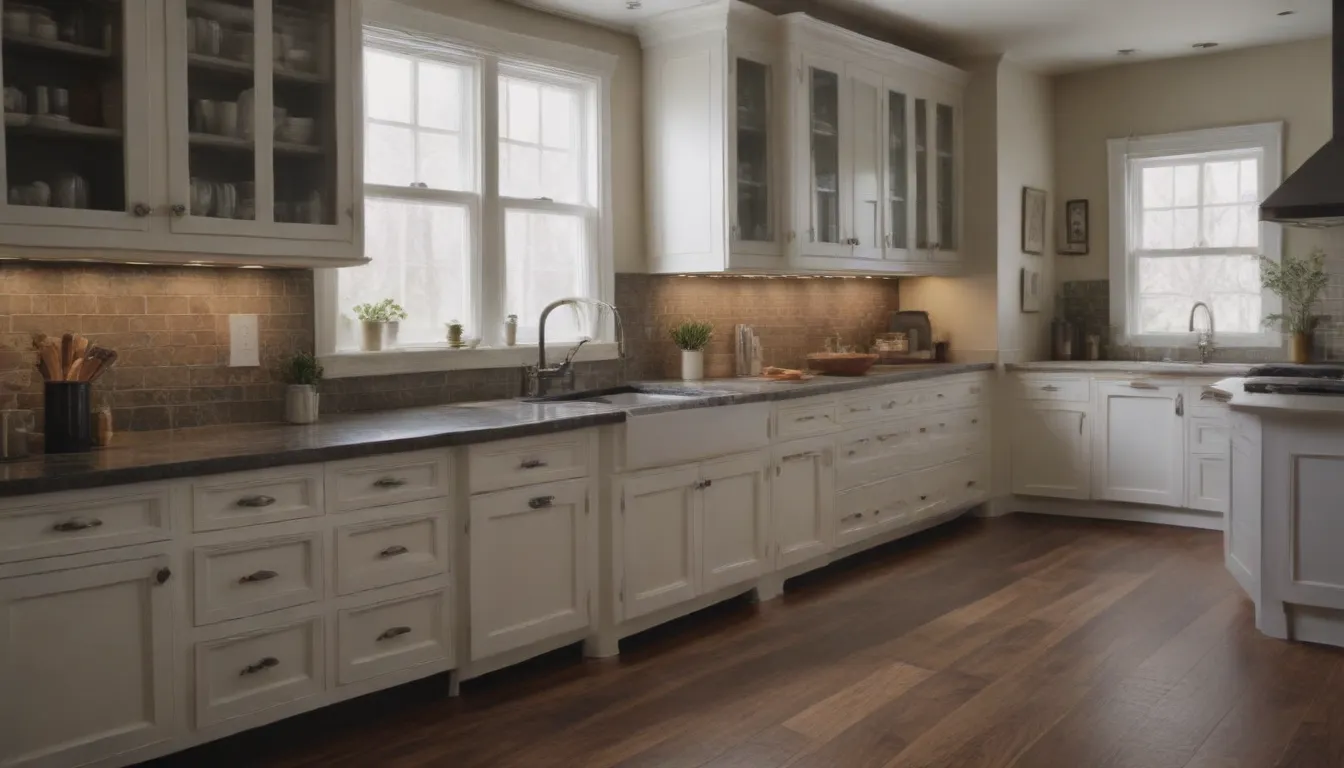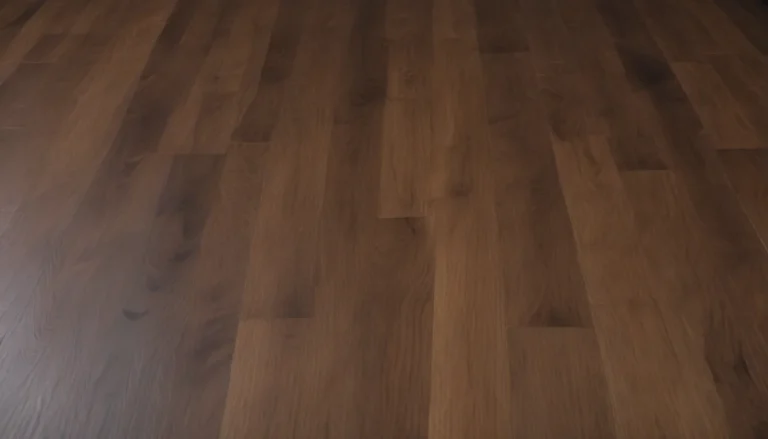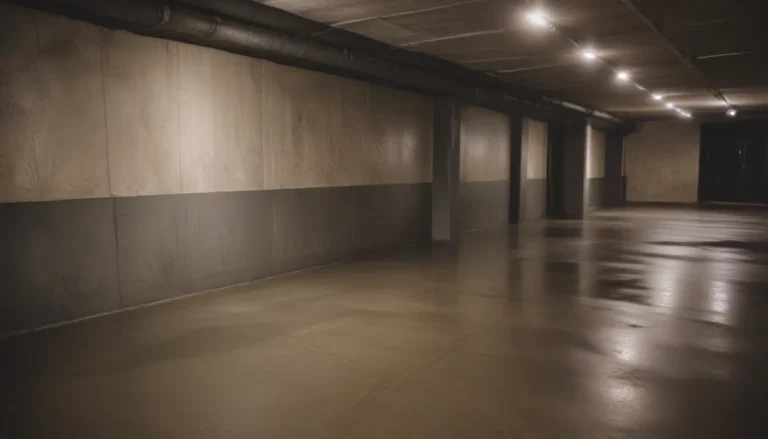The Ultimate Guide: Cabinets or Flooring – Which Comes First in a Kitchen Remodel?

Are you planning a kitchen remodel and contemplating whether cabinets or flooring should be installed first? This common dilemma can have a significant impact on the overall look and functionality of your kitchen. In this comprehensive guide, we’ll walk you through the factors to consider when deciding whether to install cabinets or flooring first. From the types of flooring materials to potential pitfalls and cost-saving strategies, we’ve got you covered.
Considerations Before You Start
Before diving into the nitty-gritty of cabinet and flooring installation, it’s essential to take a few key factors into account:
- The type of flooring material you plan to use (vinyl, laminate, hardwood, tile)
- The height of your cabinets and subfloor
- The overall design and layout of your kitchen
- Your budget and timeline for the remodel
By carefully assessing these considerations, you can make an informed decision on whether cabinets or flooring should take precedence in your kitchen remodel.
When to Install Cabinets Before Flooring
In most cases, installing cabinets before flooring is the preferred method, especially if you’re working with standard flooring heights. Here are a few reasons why this approach may be beneficial:
- Uses less flooring material: By installing cabinets first, you can minimize the amount of flooring needed, which can result in cost savings.
- Minimizes the floor height: Installing flooring after cabinets helps achieve a standard cabinet height of 34 inches to 36 inches, ensuring a seamless look.
- Reduces potential for damage: Placing cabinets before flooring can protect the flooring material from damage during installation.
Types of Kitchen Flooring and When to Install Them
When deciding whether to install cabinets or flooring first, consider the type of flooring material you plan to use:
- Vinyl: Can be installed either before or after cabinets, depending on the thickness of the material.
- Laminate: Best installed after cabinets are in place to achieve a clean look.
- Hardwood: Typically installed before cabinets to achieve a standard height.
- Tile: Should be installed after cabinets to ensure a seamless finish.
Note: Avoid installing floating floors under cabinets, as they may shift and cause the cabinets to move.
You’ll Use Less Finish Flooring
By installing kitchen base cabinets before flooring, you can save money on expensive flooring materials. Consider using a more affordable type of flooring underneath the cabinets, or use plywood risers to achieve a flush finish. This cost-saving strategy can help you stick to your budget without compromising on the overall look of your kitchen.
The Potential of Mismatched Flooring
While using risers or different flooring materials can be a cost-effective solution, it may pose a challenge if you decide to change the layout of your kitchen in the future. In such cases, you may need to replace the mismatched flooring to maintain cohesiveness in your kitchen design.
You’ll Minimize Flooring Height
If you’re looking to keep your existing cabinets and appliances but need to replace the flooring, consider installing thin flooring materials like luxury vinyl or laminate. These materials can be laid right up to the cabinets, with the edges covered by quarter-round or base molding. Thicker flooring materials like solid hardwood and tile require more careful consideration to achieve a standard cabinet height.
When to Install Flooring Before Kitchen Cabinets
In some instances, it may be necessary to install flooring before cabinets to address construction anomalies or achieve a specific countertop height. This approach can help correct design discrepancies and ensure a standard height for your cabinets and appliances. Here are a few considerations for installing flooring before cabinets:
- Corrects construction anomalies: Installing flooring first can help compensate for irregularities in the subfloor or construction.
- Achieves standard countertop height: By adjusting the flooring height, you can ensure that your countertops are at the ideal level for working in the kitchen.
- Saves money: Installing flooring before cabinets can help you avoid costly adjustments later on in the remodel process.
Warning: Paint Before Floor Installation
One important consideration when installing flooring before cabinets is the potential for damage, especially if you plan to paint your kitchen. Dripping paint on textured or porcelain tile flooring can be challenging to remove, so it’s essential to complete any painting tasks before laying down the flooring.
In conclusion, the decision to install cabinets or flooring first in a kitchen remodel depends on various factors such as the type of flooring material, design considerations, and budget constraints. By carefully evaluating these factors and weighing the advantages and disadvantages of each approach, you can ensure a successful and visually appealing kitchen remodel. Whether you choose to install cabinets before flooring for a seamless finish or opt for flooring first to address construction anomalies, this guide provides valuable insights to help you make an informed decision.





